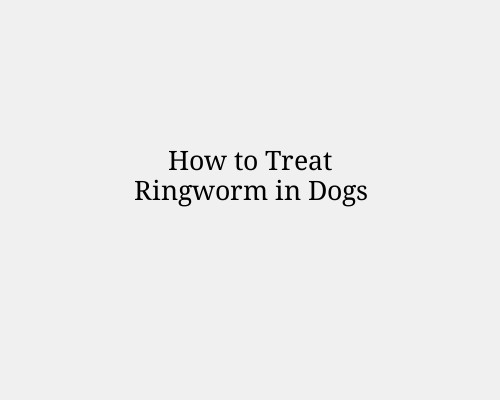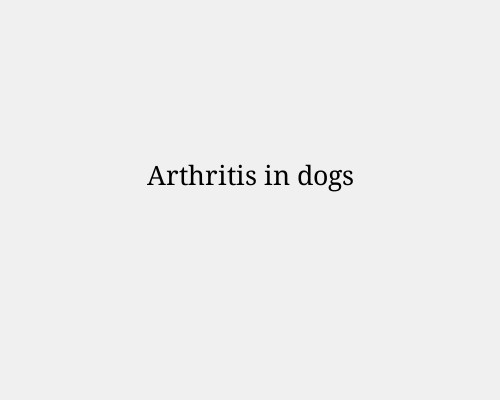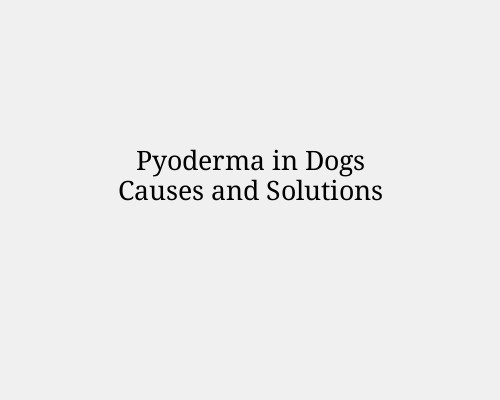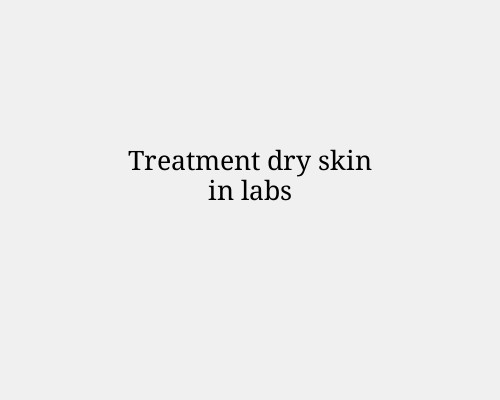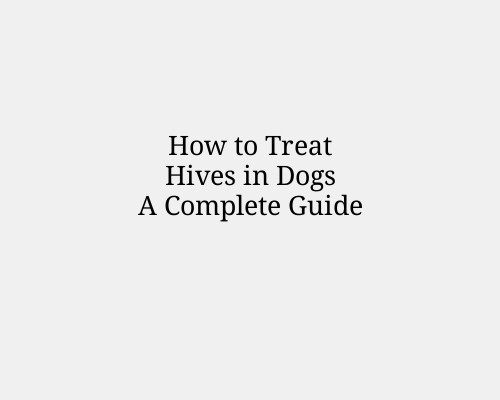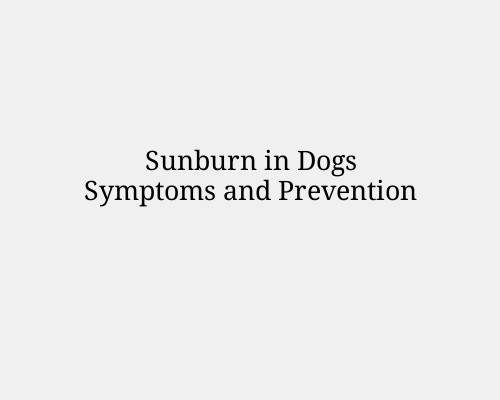How to Treat Ringworm in Dogs
How to Treat Ringworm in Dogs
Ringworm is a common fungal infection in dogs, characterized by circular patches of hair loss, scaly skin, and itching. Though not life-threatening, it’s highly contagious and can spread to humans and other pets. Proper treatment is crucial to eliminate the infection and prevent recurrence. Here's a comprehensive guide on how to treat ringworm in dogs.
Identifying Ringworm Symptoms
Symptoms of ringworm can vary but often include:
Circular patches of hair loss
Scaly or crusty skin
Redness or inflammation
Itching or discomfort
Brittle or weak hair
If you notice these signs, take your dog to the vet for a diagnosis.
Veterinary Diagnosis
Your veterinarian may use one or more of the following methods to confirm ringworm:
Wood’s Lamp: A special ultraviolet lamp that highlights the fungus.
Fungal Culture: Collecting a sample of hair or skin and allowing it to grow in a lab for a definitive diagnosis.
Microscopic Examination: Examining hair or skin samples under a microscope.
Early diagnosis is key to preventing the spread of the infection.
Treatment Options
Treating ringworm involves a combination of topical and oral antifungal treatments, environmental management, and regular follow-up.
#A. Topical Treatments
Topical antifungal creams, shampoos, or sprays are typically the first line of defense. Common options include:
Miconazole Cream
Clotrimazole Cream
Antifungal Shampoos: These shampoos are used to wash the entire body, which is especially effective for widespread infections.
Application Tips:
Clean the affected area with a damp cloth before applying the cream.
Use an Elizabethan collar (cone) to prevent the dog from licking the medication.
#B. Oral Antifungal Medications
For more severe or widespread infections, oral antifungal medications may be prescribed, such as:
Griseofulvin
Itraconazole
Terbinafine
These medications can have side effects, so follow your vet’s instructions carefully.
Environmental Decontamination
Since ringworm spores can survive for months in the environment, it’s essential to thoroughly clean your home to prevent reinfection.
Vacuum all carpets, rugs, and furniture frequently.
Disinfect Surfaces with a diluted bleach solution (1 part bleach to 10 parts water).
Wash Bedding and any items your dog uses regularly with hot water.
Consider isolating your dog during treatment to prevent the spread to other pets and humans
Managing Contagion to Humans and Other Pets
Ringworm is a zoonotic disease, meaning it can spread from dogs to humans. Follow these precautions:
Wash your hands thoroughly after handling your dog.
Wear gloves when applying medications.
Keep children and immunocompromised individuals away from the infected dog.
Check other pets for signs of ringworm.
Follow-Up Care and Monitoring
Regular vet check-ups are essential to ensure the infection is cleared. Most dogs require treatment for 4-6 weeks. Stopping treatment too soon can lead to a relapse.
When to Seek Emergency Care
If your dog experiences side effects from medication (e.g., vomiting, loss of appetite, or lethargy) or if the infection worsens, contact your vet immediately.
Preventing Future Infections
Maintain good hygiene by washing your dog regularly.
Keep your dog’s bedding clean and dry.
Avoid contact with infected animals.
Final Thoughts
While ringworm is a frustrating condition, prompt treatment and proper hygiene can eliminate the infection. If you suspect your dog has ringworm, seek veterinary care right away to ensure a quick recovery and prevent the spread.

